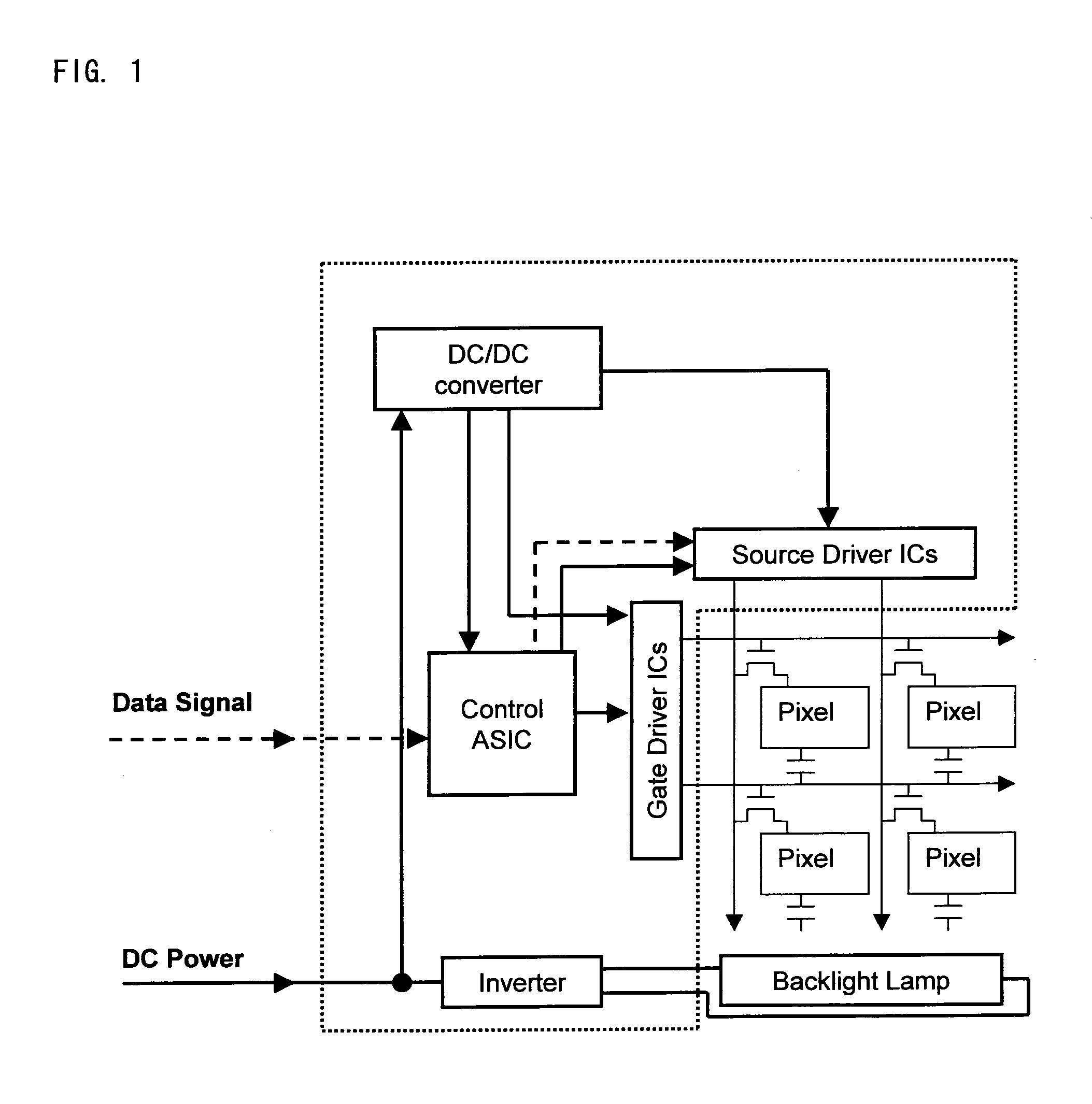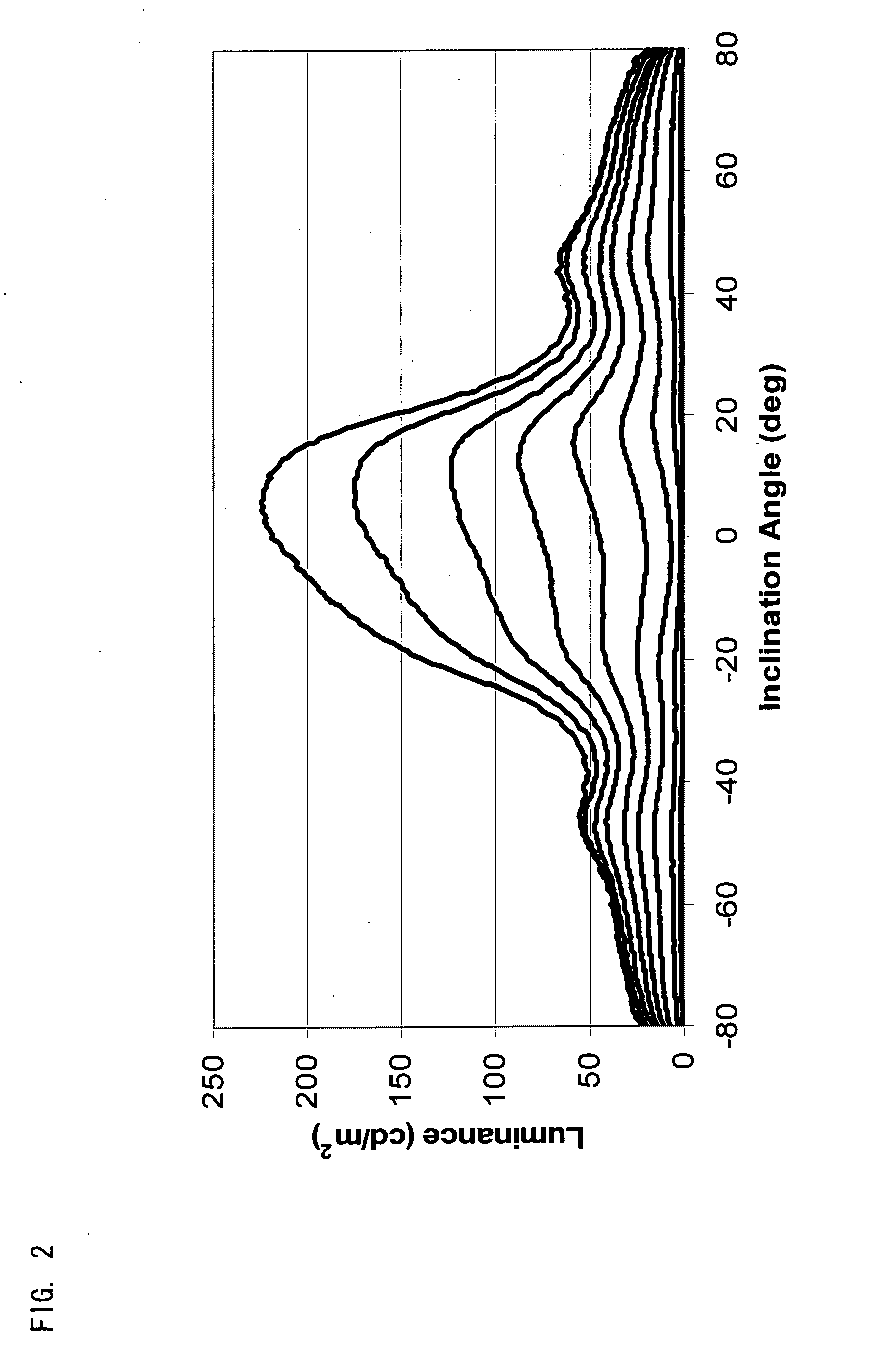ADAPTIVE IMAGE PROCESSING METHOD AND APPARATUS FOR REDUCED COLOUR SHIFT IN LCDs
a technology of image data and adaptive processing, which is applied in the field of adaptive image processing methods and apparatuses for processing image data for display, can solve the problems of affecting the effect of the image, affecting the quality of the image, and the colour shift with the viewing angle remains a problem for many types of lcd, so as to reduce computing and memory resources, improve the effect of colour shift, and avoid any sharp changes in off-axis luminan
- Summary
- Abstract
- Description
- Claims
- Application Information
AI Technical Summary
Benefits of technology
Problems solved by technology
Method used
Image
Examples
Embodiment Construction
[0076]In an exemplary embodiment of a display in accordance with the present invention, the display includes a standard LCD display, an example of which is illustrated in FIG. 1, with modified control electronics.
[0077]When such a display is operating in a standard manner, a set of main image data constituting a single image is input to the control electronics in each frame period, typically in the form of a serial bit stream. The control electronics then outputs a set of signal data voltages to the LC panel. Each of these signal voltages is directed by the active matrix array of the LC panel to the corresponding pixel electrode and the resulting collective electro-optical response of the pixels in the LC layer generates the image.
[0078]As described above, in displays including a colour shift reduction technology, the image data can be modified in the control electronics, the driver circuitry, or the in-pixel electronics so that each pixel of image data received results in multiple ...
PUM
 Login to View More
Login to View More Abstract
Description
Claims
Application Information
 Login to View More
Login to View More - R&D
- Intellectual Property
- Life Sciences
- Materials
- Tech Scout
- Unparalleled Data Quality
- Higher Quality Content
- 60% Fewer Hallucinations
Browse by: Latest US Patents, China's latest patents, Technical Efficacy Thesaurus, Application Domain, Technology Topic, Popular Technical Reports.
© 2025 PatSnap. All rights reserved.Legal|Privacy policy|Modern Slavery Act Transparency Statement|Sitemap|About US| Contact US: help@patsnap.com



